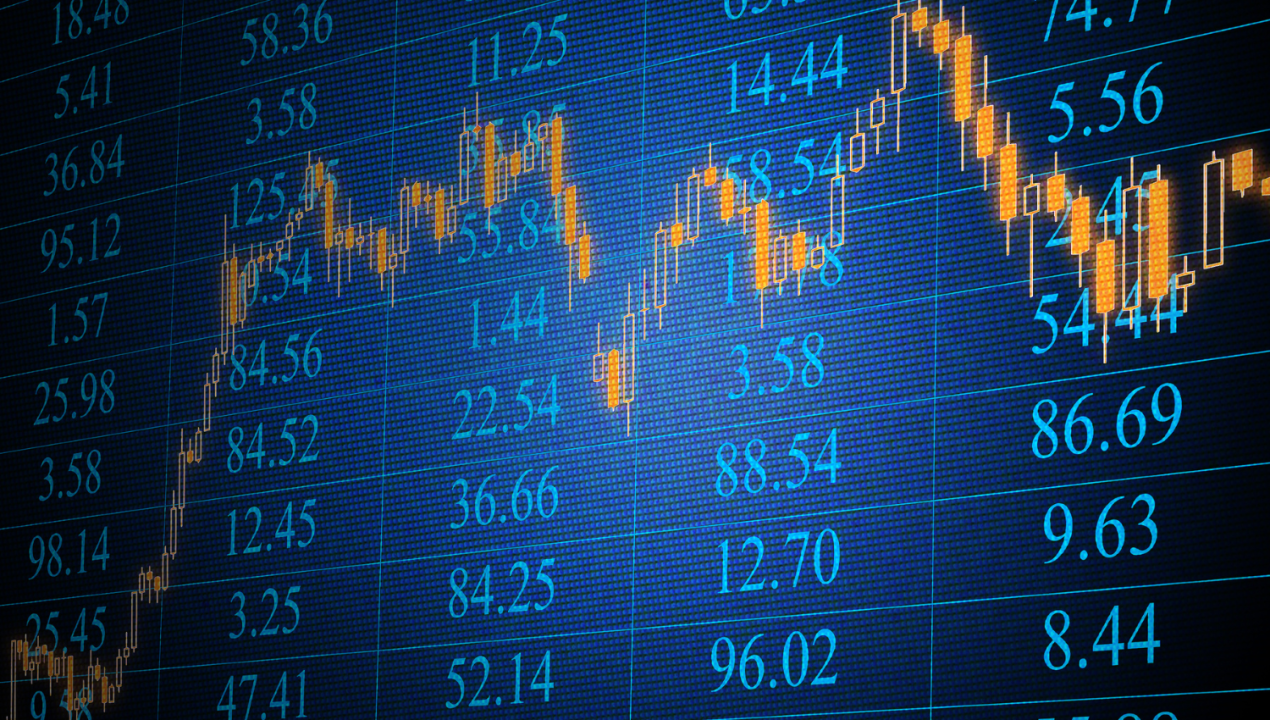The foreign exchange market, commonly known as Forex, traces its modern roots back to the collapse of the Bretton Woods system in 1971, when major currencies began to float freely against one another. Before that, exchange rates were rigidly pegged to the U.S. dollar and, by extension, to gold. Today’s Forex market operates entirely over the counter (OTC), with trades executed electronically around the clock among a global network of banks, brokers, hedge funds and retail platforms. This decentralized structure means there is no single “exchange” location; instead, liquidity is sourced from multiple providers in London, New York, Tokyo and beyond.
Institutional players such as central banks and multinational corporations dominate daily volume, often executing transactions in the hundreds of millions or even billions of dollars to manage currency exposure on trade and investment flows. Retail traders, while much smaller in scale, benefit from the same interbank pricing thanks to prime broker relationships and sophisticated trading venues. Advances in technology especially the proliferation of ECNs (electronic communication networks) and DMA (direct market access) have further flattened the playing field, allowing individual participants to access deep pools of liquidity, transparent pricing and sub‑millisecond execution. Despite these innovations, Forex remains subject to periodic bouts of volatility, driven by macroeconomic data releases, monetary policy shifts and geopolitical developments, all of which underscore the market’s dynamic and continuously evolving nature.

